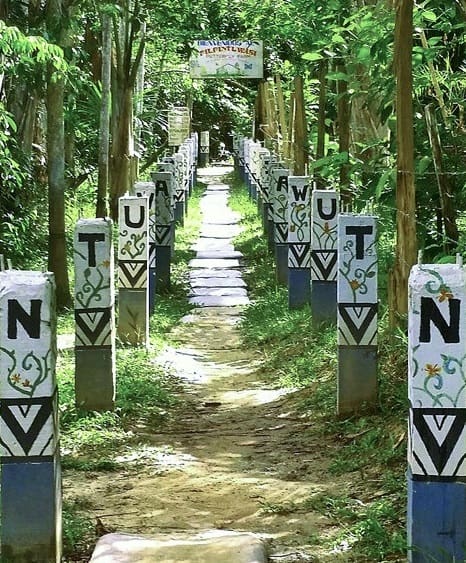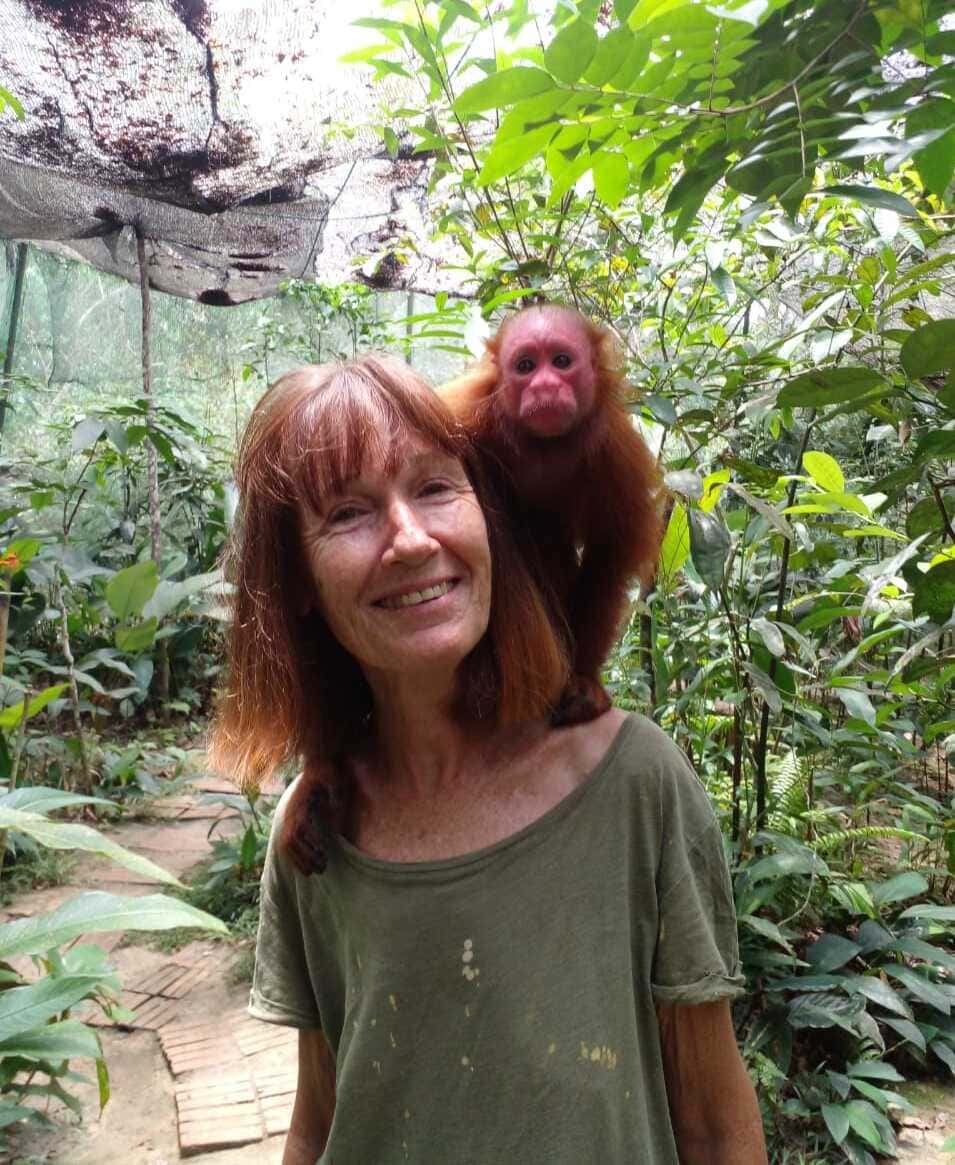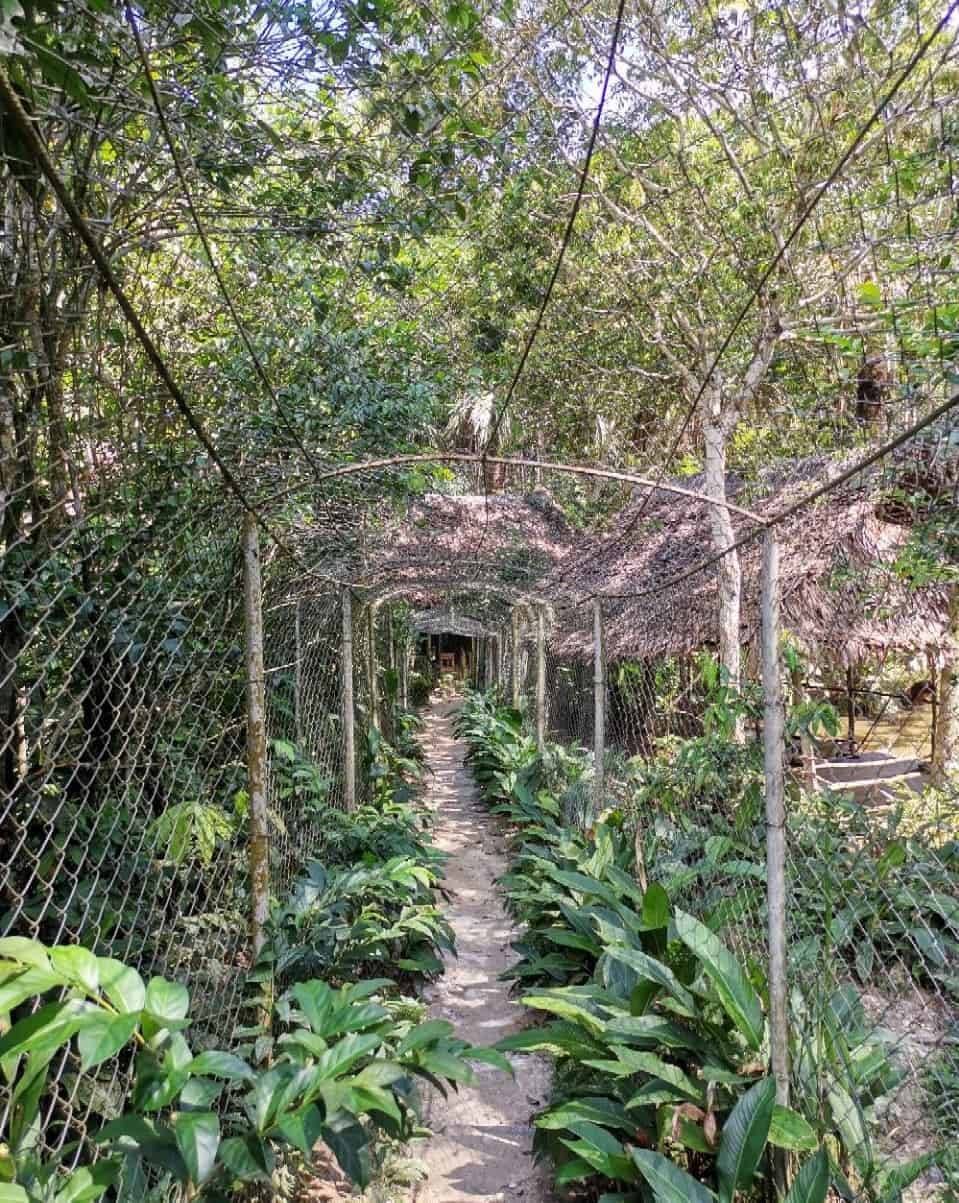About Us
Pilpintuwasi
Pilpintuwasi is located on 20 hectares near Padre Cocha on the Nanay River in the Amazon rainforest in Peru.
The community of Padre Cocha is a 20 minutes boat ride from the Bellavista Nanay port in Iquitos.
We are a non-profit organization dedicated to protecting animals affected by the illegal wildlife trade which today is one of the biggest businesses in the world.
We work in partnership with Animal Defenders International (ADI) to rescue, rehabilitate and (if possible) reintegrate confiscated wildlife.
At Pilpintuwasi, we currently have about 20 species of animals, such as jaguars, ocelots, a tapir, parrots, a toucan, many different species of monkeys and butterflies.
If you would like to learn more about Pilpintuwasi and what we do, you are welcome to come and join a tour.
We also love to work with school classes to educate children about wildlife and their plight.

Founder
Gudrun Sperrer

We have been working in wildlife conservation since 1995
Pilpintu(wasi) is a Quechua word meaning butterfly (home).
Gudrun Sperrer founded in 1995 discovering host plants for butterflies.
In 2002, she started a butterfly farm with the idea of conserving some of the thousands of Amazonian species.
As locals realized her passion for nature, they started dropping off rescued and abandoned animals. This led to Gudrun’s decision to officially open Pilpintuwasi as a rescue center in November 2004.
Pilpintuwasi has grown over the last 20 years and now serves as an official rescue and conservation center as well as a butterfly farm.
Over the years, hundreds of animals have been rescued from the wildlife trade offering them a good life quality in a safe environment.
Pilpintuwasi also employs locals from Padre Cocha contributing to the economy of the village. Furthermore, we raise awareness by giving locals and tourists the opportunity to learn about the animals of the Amazon in an ethical way.
Despite the important work we do at Pilpintuwasi, we do not receive any funding from the government.
Semi-Captive Environment:
At Pilpintuwasi we receive wildlife confiscated by ecological police. These animals arrive injured, malnourished, and/or traumatized.
Most of them are babies because the only way to domesticate them is by raising them from a young age.
To obtain the infants, hunters kill the parent.
Only 1 out of 10 infants survive long enough to be sold and even fewer are lucky enough to make it to a wildlife refuge center.
When the animals arrive, they need veterinary treatment, hand-rearing, and a lot of special attention.
Once they have recovered and there is no more need for human intervention, we try to create a habitat where they will be able to learn to live in the wild.
That is why we only allow our visitors minimal interaction with the animals.
We have a mesh corridor to keep a safe distance between visitors and animals and turn the visit into an enjoyable experience for everyone.
